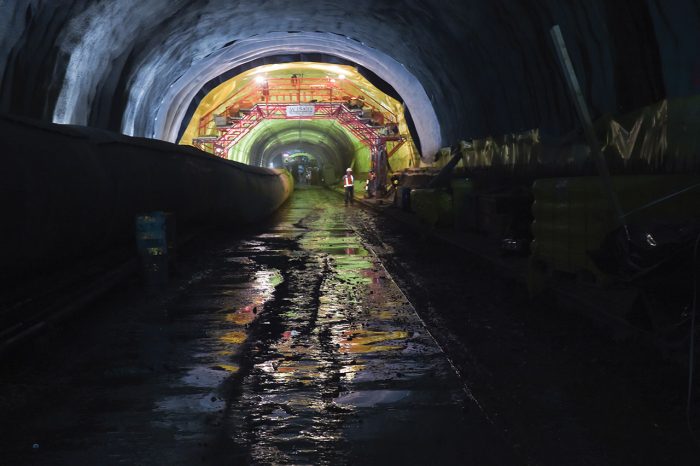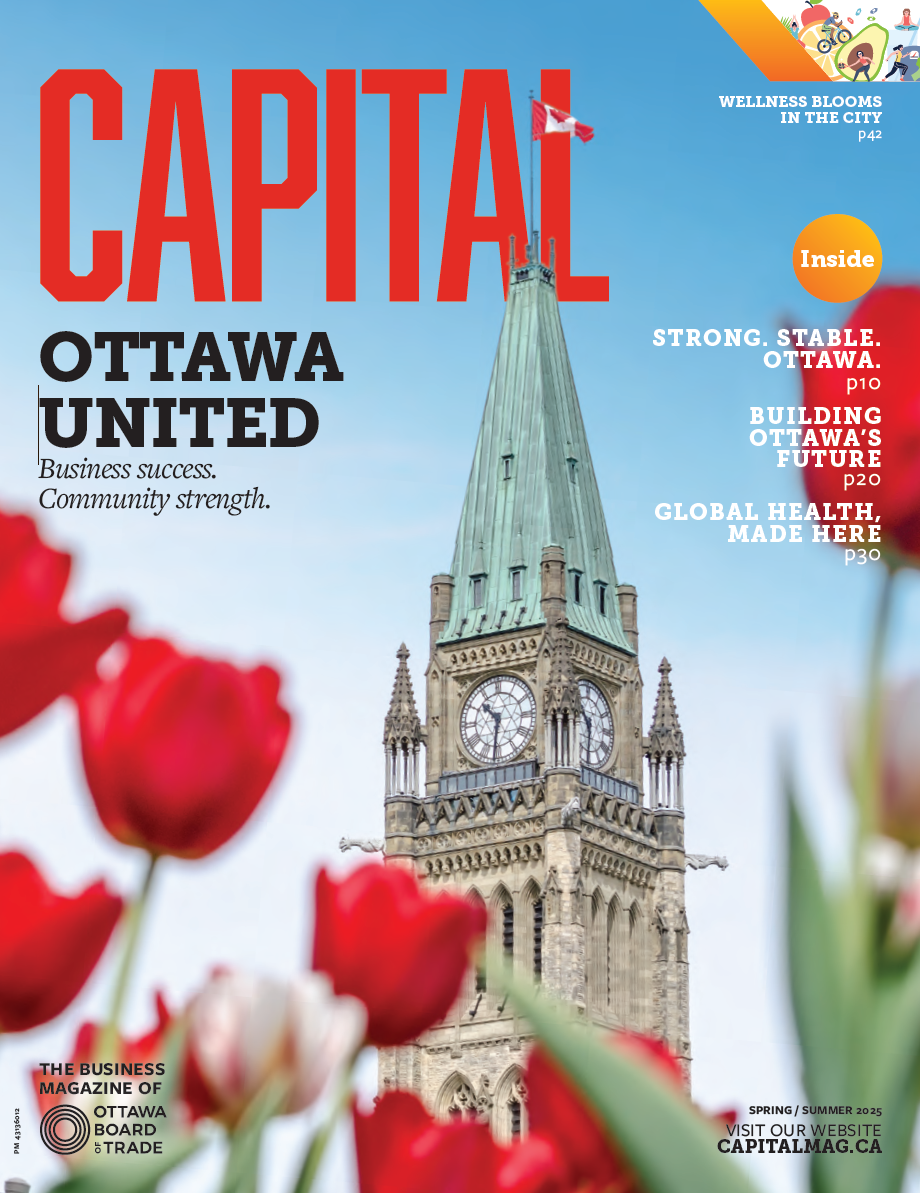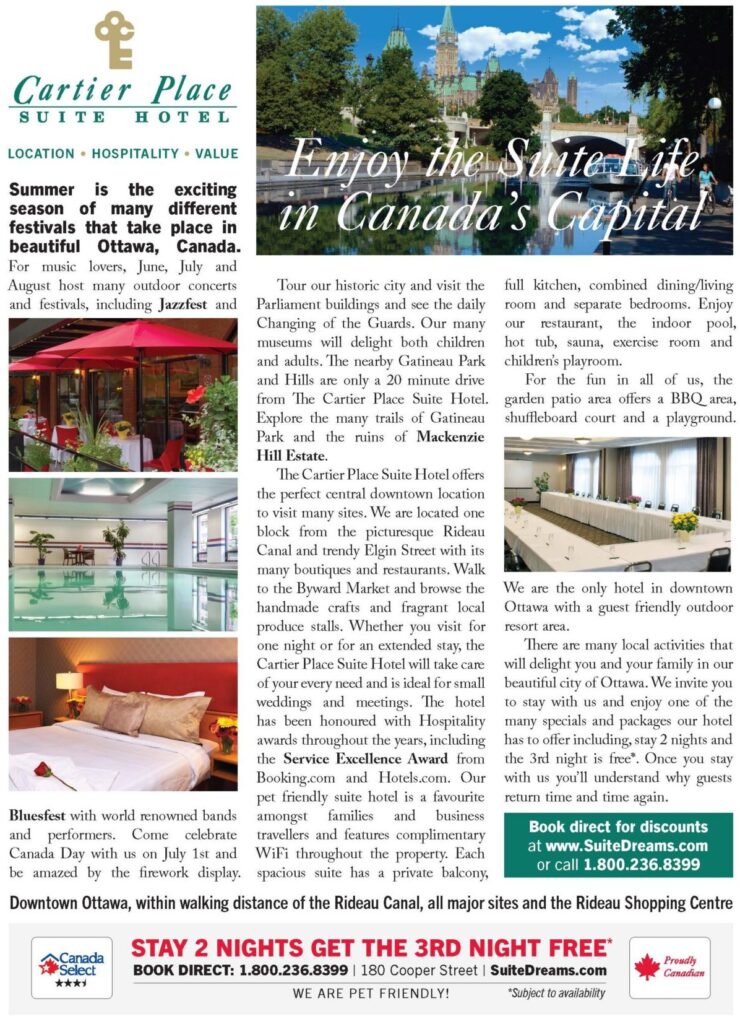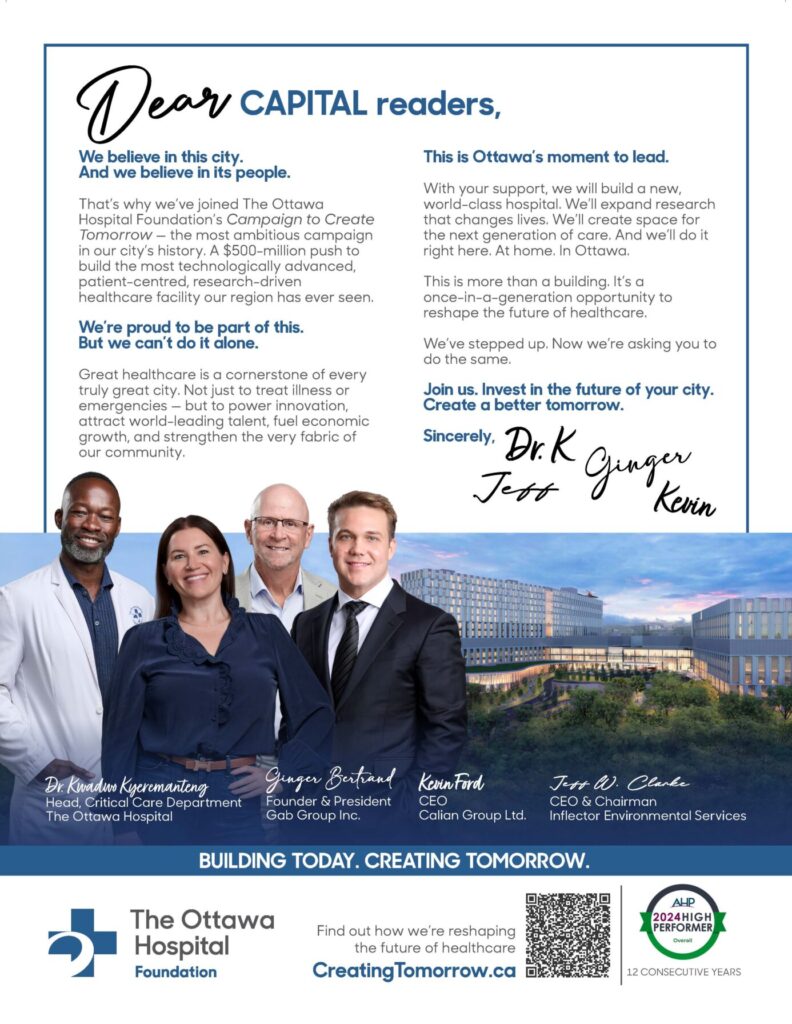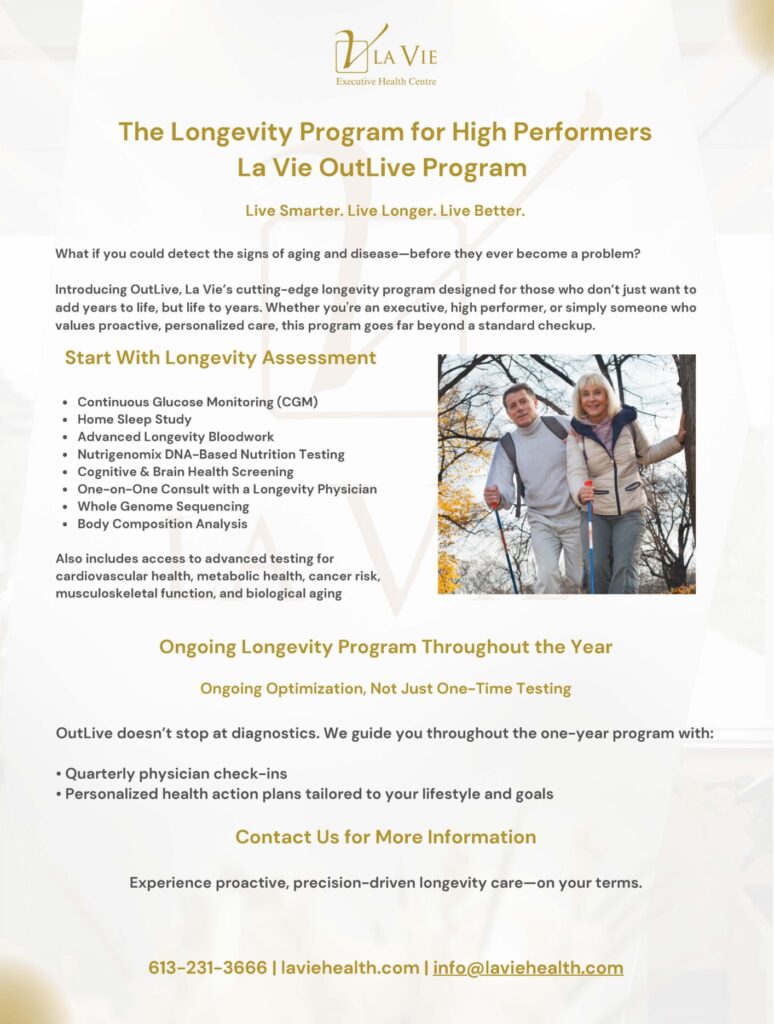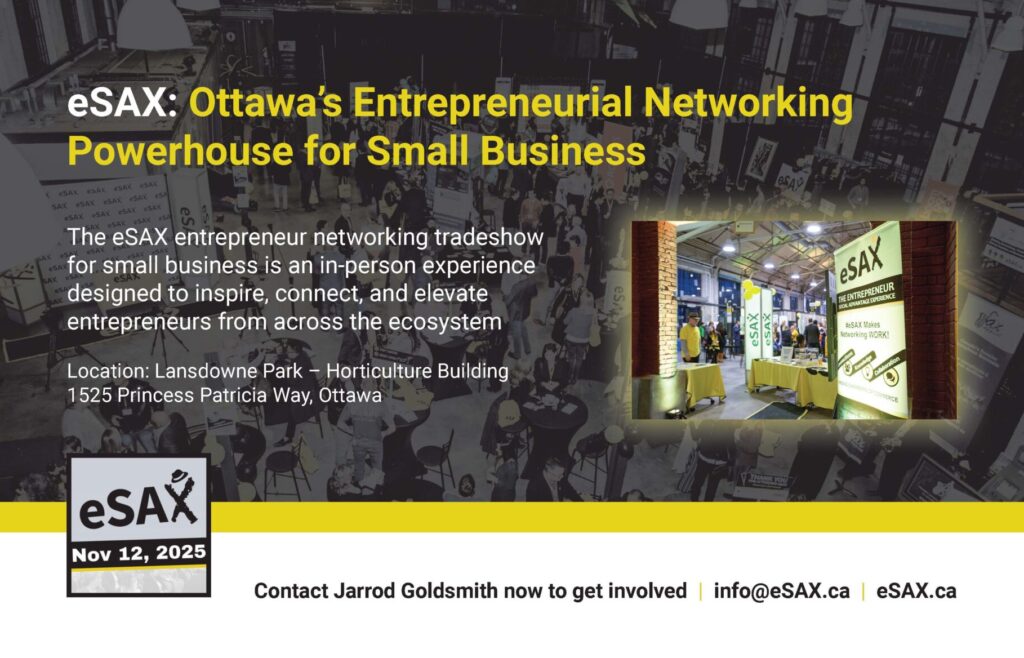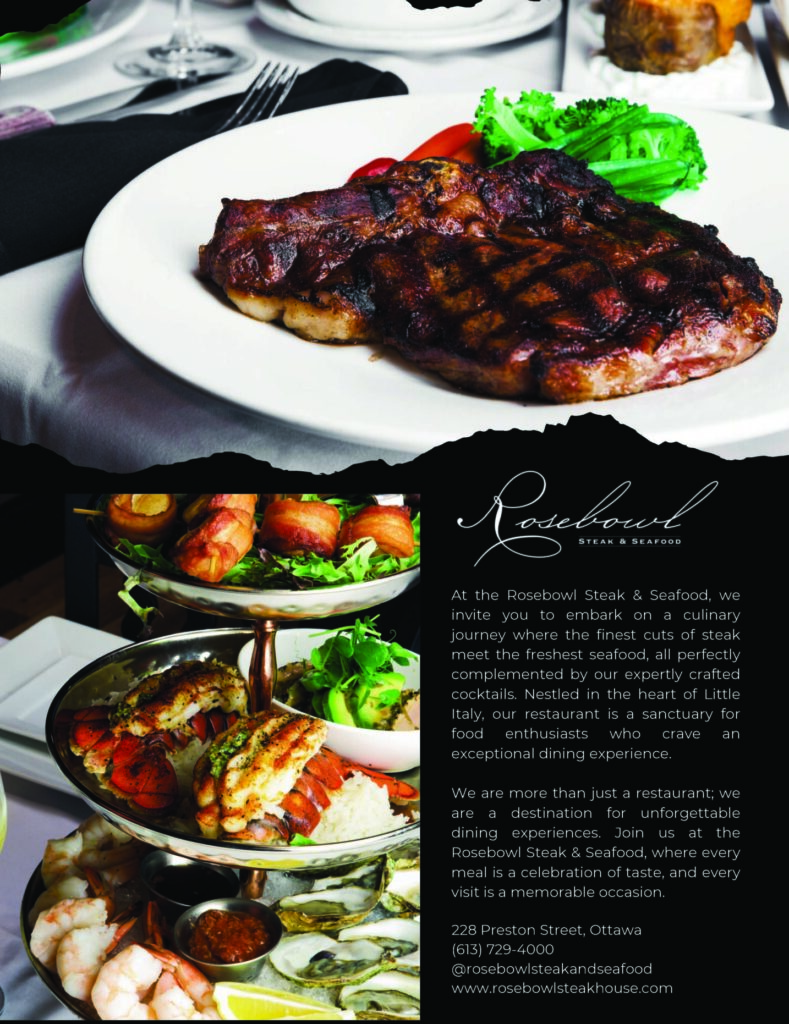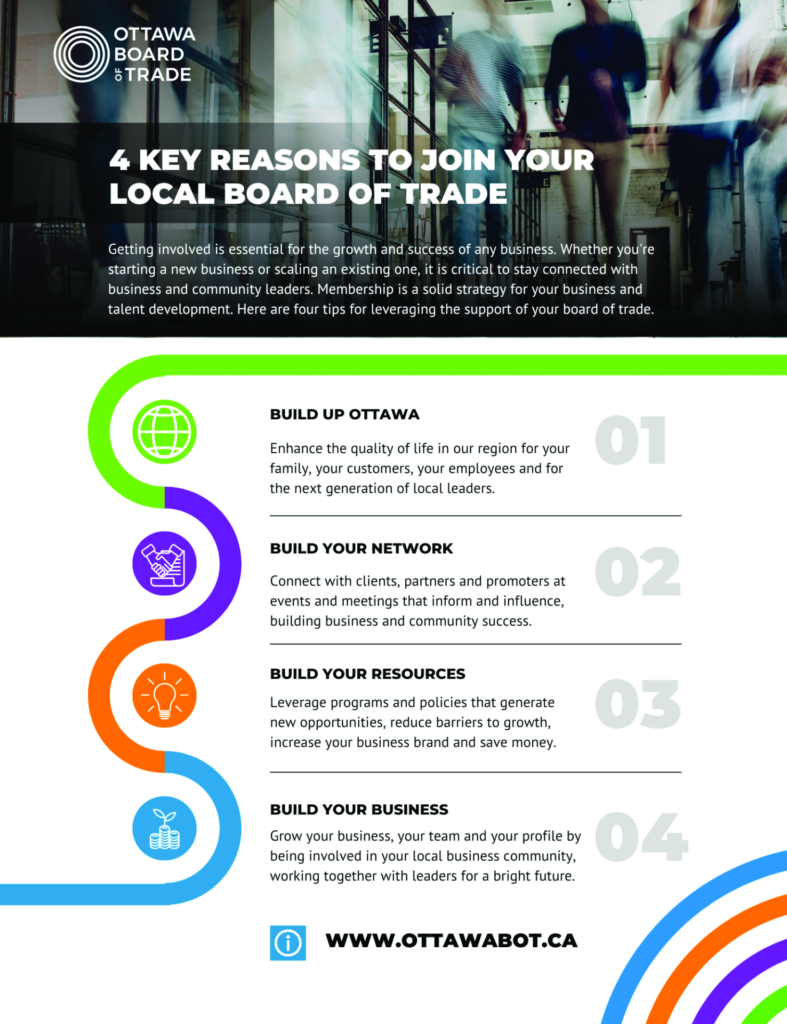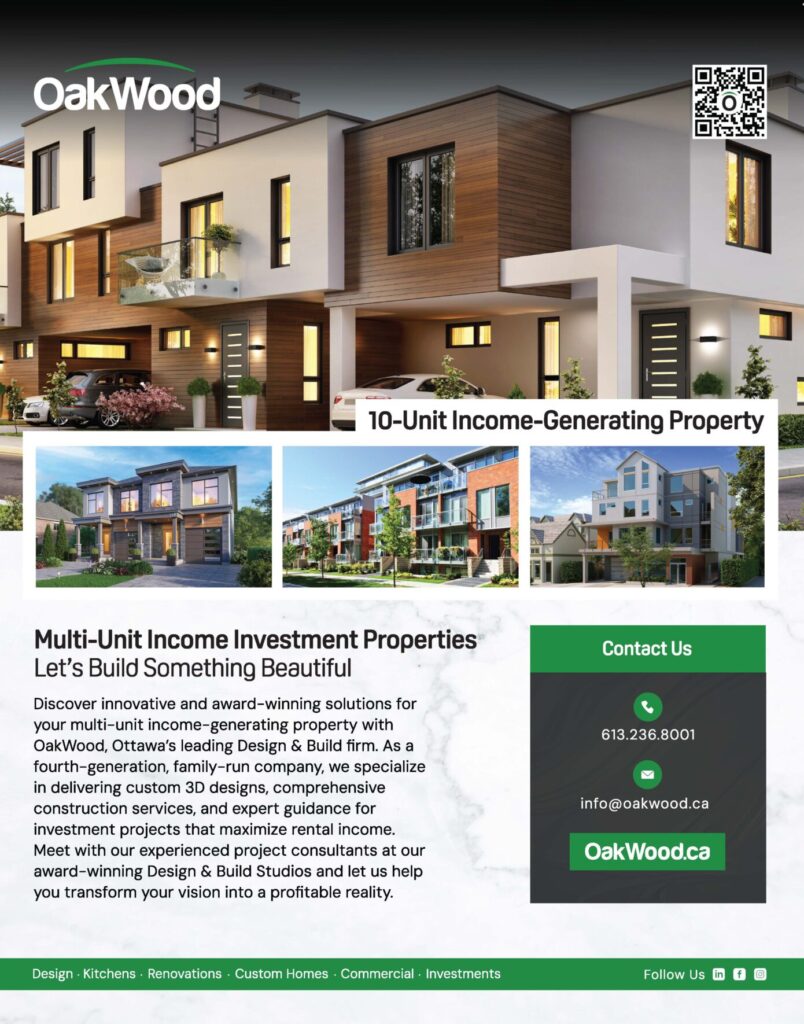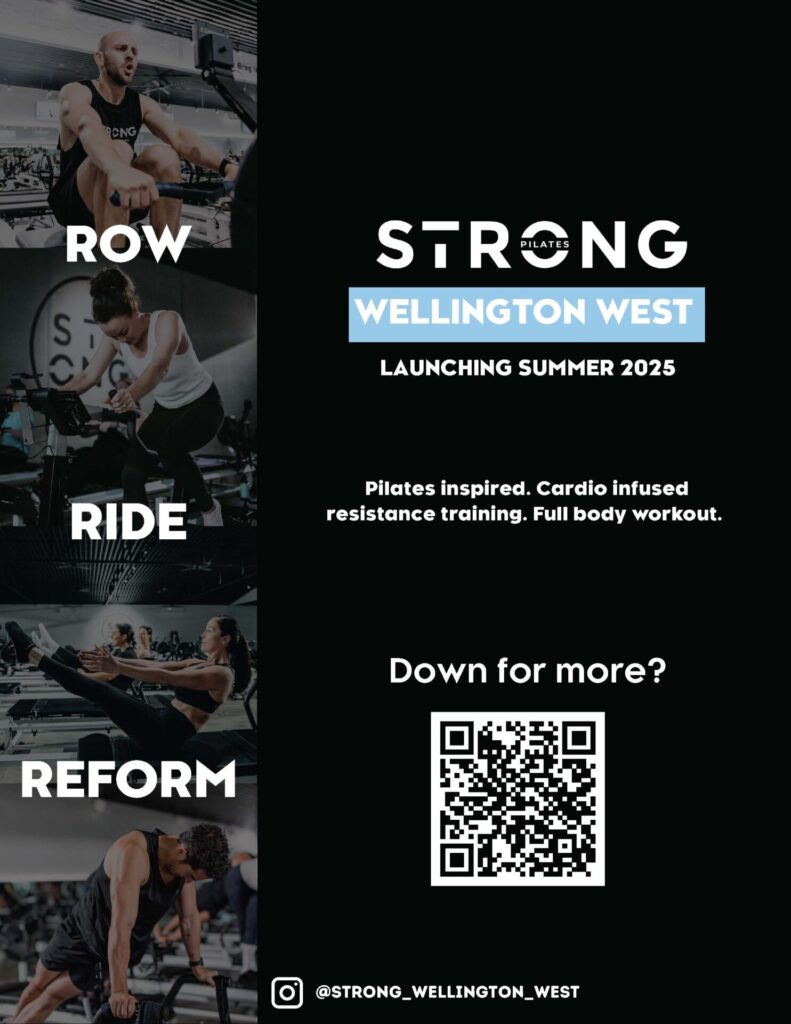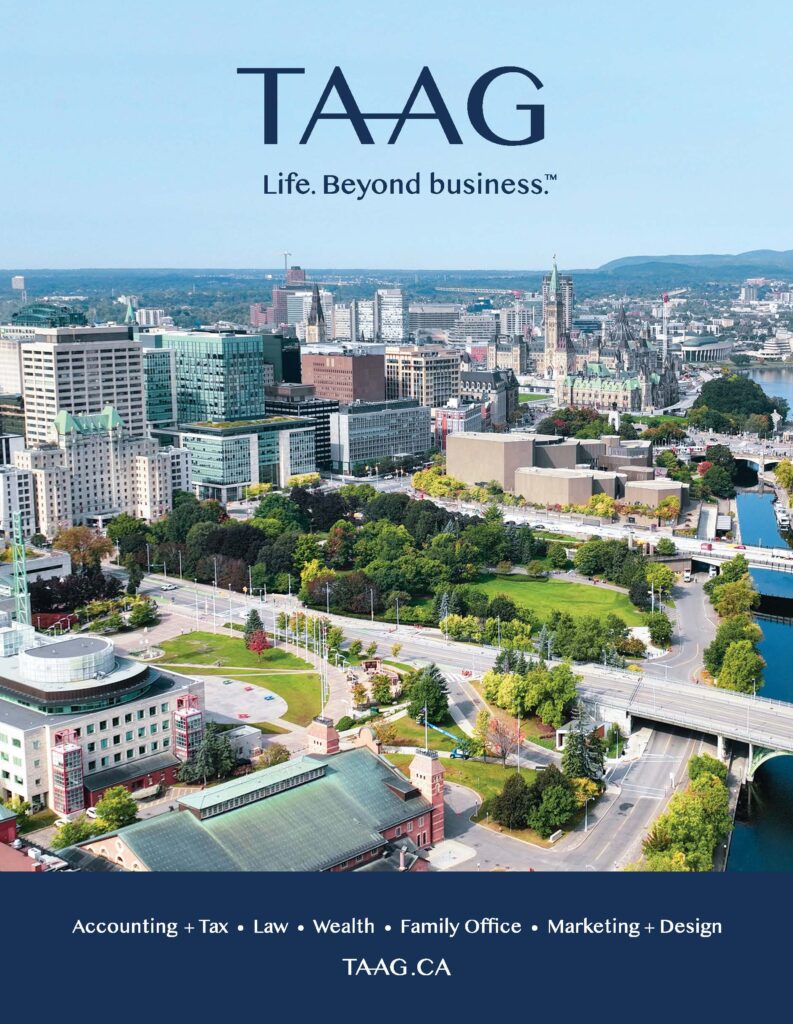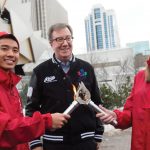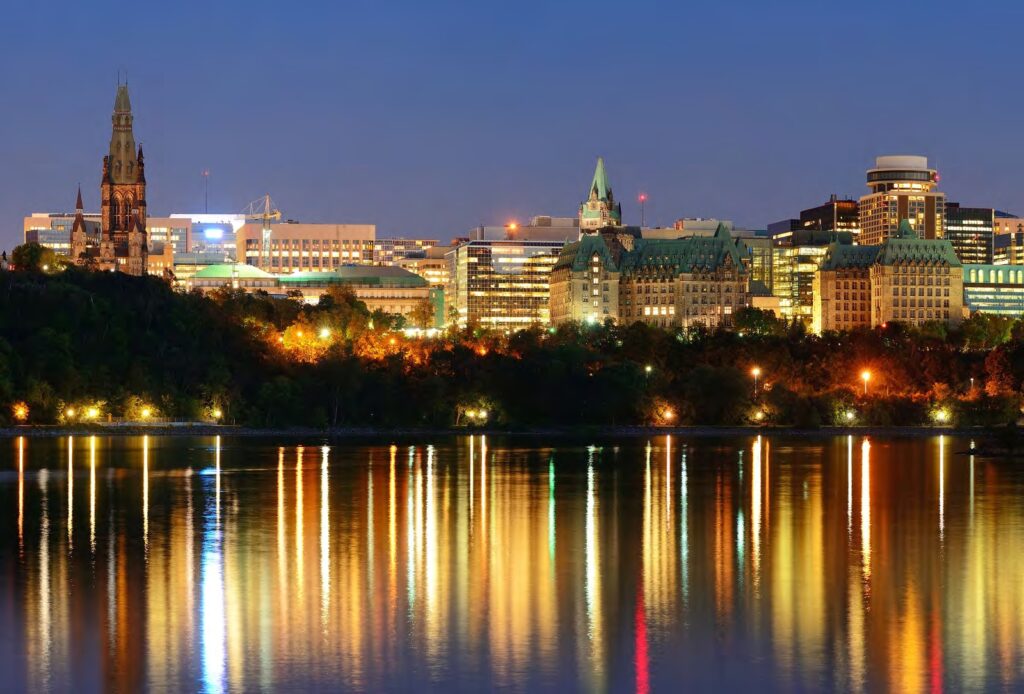Capital Context: Ottawa’s Return on Investment
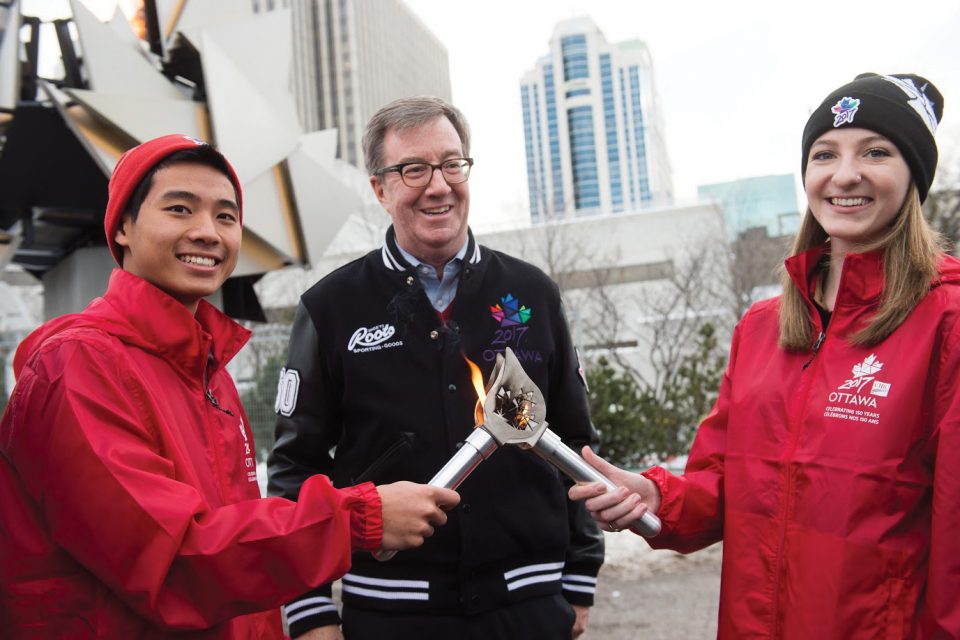
The G7’s best-kept secret is ready for prime time
By Barbara Balfour
Ottawa may be the smallest of the world’s G7 capitals, and perhaps the least known. But with Canada’s 150th birthday celebrations underway, the timing couldn’t be better for a coming-of-age party. Mayor Jim Watson expects that 2017 will see not only a boost in tourism, but also enough international media coverage to keep us in the spotlight.
The world-famous travel gurus at Lonely Planet recently listed Canada as a destination of choice, and Ottawa as a top city to visit. Other publications regularly “discover” us—such as the Chicago Tribune, which recently featured Ottawa on the front page of its travel section.
Mayor Watson sees a direct connection between this flattering attention, and the amount of money being spent on the city—“about $10 million of public and private investment in construction,” he says. He calls the new infrastructure “an incredible renaissance” that not only draws people to visit, but keeps them coming back.
The evolution has been slow but steady, and the results are starting to show. For one thing, demographic numbers suggest that there’s plenty to be proud of. Ottawa has a well-educated work force, and the average household income is higher than it is in larger metropolitan centres, such as Toronto. “I’m sure many other world-class cities would be envious of what our population brings to the table,” says Cindy VanBuskirk, general manager of the Rideau Centre. “Our demographics are very attractive, whether you’re looking to locate a business here, or wanting to invest.”
The Rideau Centre is owned by retail property giant Cadillac Fairview, which just invested $360 million to redevelop Ottawa’s downtown shopping mecca. And as VanBuskirk points out, that doesn’t happen “in markets that aren’t performing well, or that don’t have the potential to grow.” If all the forward-looking plans that are currently underway come to fruition, she says, “including the redevelopment of Lebreton Flats, Zibi by Windmill, the NAC, Arts Court, and the LRT, I can’t think of anything we might be lacking.”
But many other G7 capital cities also have shopping, fine dining, entertainment, and transit. What gives Ottawa its unique identity is its distinctive northern landscape, says Dr. Mark Kristmanson, CEO of the National Capital Commission (NCC).
A recent study calculated that NCC lands represent a natural capital value of $5 billion— an asset that, combined with all of Ottawa’s others, contribute to the region’s long-term competitiveness, says Kristmanson. “We need to protect green assets, and recognize their long-term value.” The NCC’s Plan for Canada’s Capital, to be published this spring, identifies 17 milestone projects that chart a course towards Canada’s bicentennial in 2067. “These ideas are drawn from extensive nationwide public input,” says Kristmanson; and their vision is of “a smart, sustainable and inclusive capital.”
A broad spectrum of well thought-out initiatives seems to be the winning strategy for a G7 capital. VanBuskirk likens the required thinking to having “one foot in the past, and the other in the future.” As she says, “We’re both statesmanlike, and forward-thinking.”
Yet stakeholders still find that Ottawa can be a hard sell when it comes to pitching the city to investors, something VanBuskirk attributes to our national modesty. “Sometimes we don’t tell our story as forcefully as we should, or celebrate our successes as often,” she says. In part, Mayor Watson says, this is because we don’t have the kind of marketing budget that other big cities have. Despite this, he’s very optimistic about the future. “We’re firing on all cylinders,” he says. “It’s just a great time to be living in Ottawa.”
